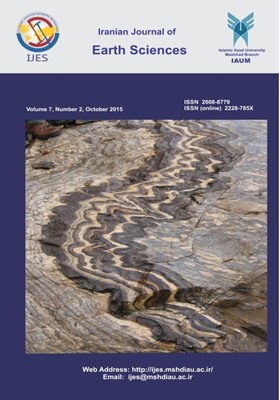Comparison Analysis of Particulate Matters in a Micro Environment
Subject Areas : MineralogyBalakrishna Gurugubelli 1 * , Shamsh Pervez 2
1 - School of Studies in Chemistry, Pt. Ravishankar Shukla University, Raipur. India 492010.
2 - School of Studies in Chemistry, Pt. Ravishankar Shukla University, Raipur. India 492010.
Keywords: Regression Analysis, Source apportionment, CMB, Indoor air,
Abstract :
Different approaches of source apportionment of dust fractions have been reported world-over. Predicting source categories within receptor chemical profiles using regression and factor analysis using PCA has been reported to evaluate possible source/routes of air pollution mass. The present study is focused on the application of all three approaches to investigate higher degrees of significance in source apportionment of indoor dust fallout in the Raipur city district, Raipur, India, which is located at 21°14’22.7” N latitude and 81°38’30.1” E longitudes. Modeled source categories obtained from regression and factor analysis (using PCA) has shown potential support in the selection of source profiles in CMB. About 65-78% agreement has been obtained between results of source signatures of dust fallout obtained from the three approaches. The application of the combined approach has been extended to respirable fine particulates measured indoors. Both fractions have shown a different dominance of selected source of emissions. Major approaches of source signatures has been investigated in combination with the hypothesis that prediction and modeled source profiles will support the selection and inclusion of field based source profiles in source apportionment of indoor dust fractions using CMB. A stratified random sampling plan using the longitudinal study design has been adopted for dust fallout source apportionment.

